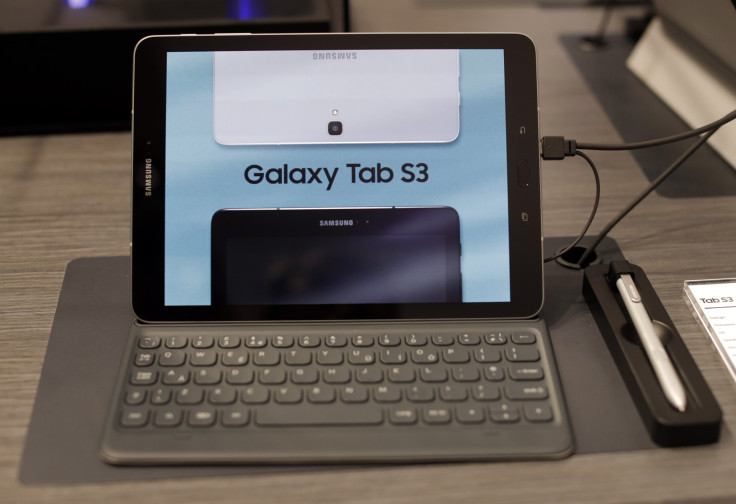Galaxy Tab S3 vs Pixel C: Samsung stays ahead in specs and features; Google not far behind

Samsung recently released its Galaxy Tab S3, a device that had been hugely-anticipated for long. It will be interesting to see how it compares against the Google Pixel C, the high-end Android tablet from the search giant.
Prior to the release of the Pixel and Pixel XL, Google Pixel meant Pixel C. The Galaxy Tab and the Google tab have certain things in common. Both have pretty amazing specs and features. In terms of measurement, the Pixel C tab is a larger tablet overall. It’s 29 percent thicker, 16 percent taller and 18 percent wider. These measurements have been taken holding the tabs in the landscape orientation. The Google tab is also 17 percent heavier than the lightest Tab S3. The figures are for the tablets only, and exclude accessories.
The Samsung Galaxy Tab S3 Wi-Fi model weighs 429 grams and the LTE variant weighs 434 grams. The Google Pixel C weighs 517 grams, writes New Atlas. In terms of build, the Tab S3 has a classy glass back panel, whereas the Google Pixel C has a no nonsense aluminium build. The Samsung tab may seem cumbersome to hold in one hand due to the possibility of the device falling and breaking into pieces. Both the tabs are available in silver variants, though Samsung also has a black variant.
The Pixel tab offers eight percent more overall screen area than the Tab S3. The former has a 10.2-inch display and a 1:1.4 aspect ratio. The 9.7-inch display in the Samsung device has a 4:3 aspect ratio. The Pixel tab offers a sharper viewing experience because of more tightly-packed pixels. It has a screen resolution of 2,560 x 1,800 pixels, as opposed to the 2,048 x 1,536 pixels in the Tab S3. However, Samsung tab supports HDR, which may ultimately result in a more realistic contrast ratio and/or greater colour gamut.
The Samsung tab has four speakers in total and Pixel C has two. Fingerprint scanner is present in the Samsung tab only. It also comes with cellular connectivity (LTE) option, unlike Google tab. Both companies have keyboard support. They draw power from the tablets, unlike Bluetooth accessories. Thus, the keyboards do not require additional charging. The Galaxy Tab S3 has an active stylus that the Pixel C does not have. Both have USB Type-C charging and data transfer ports. However, processor-wise, the Samsung device is way ahead.
It packs a Qualcomm Snapdragon 820 chipset, while the Pixel tab offers an NVIDIA Tegra X1. The Tab S3 has a 4GB RAM, 32GB internal storage, microSD card slot for memory expansion up to 256GB, 13MP rear and 5MP front camera, 6,000 mAh battery, Android Nougat OS with Samsung’s TouchWiz UI, split-screen multitasking and a US$600 (AU$790 approx). The 64GB Google Pixel C also costs the same, has multitasking split screen, runs on Android Marshmallow, packs a 34.2W-h battery, 8MP rear/2MP front cameras and 3GB RAM.
Thus, going by the specs and features, it is certain that Samsung is offering more, though the Google tab was released in 2015 and Samsung tab this year. Stay tuned on IBT AU for more updates on the Samsung Galaxy Tab S3 and Google Pixel C.




















